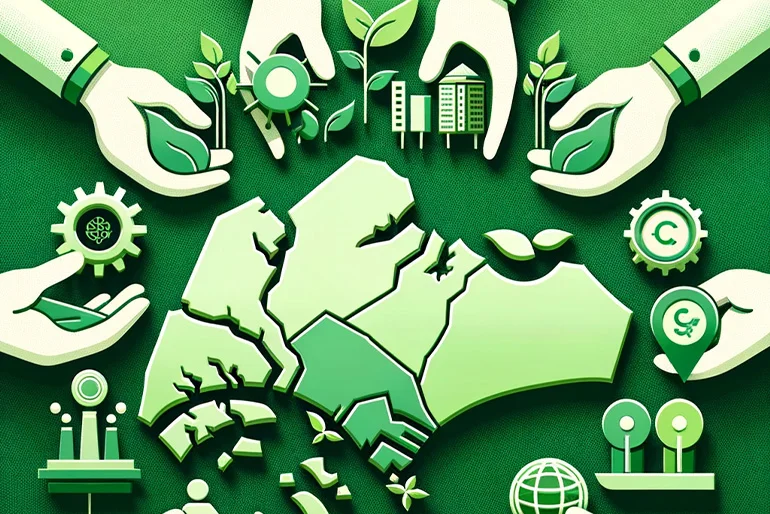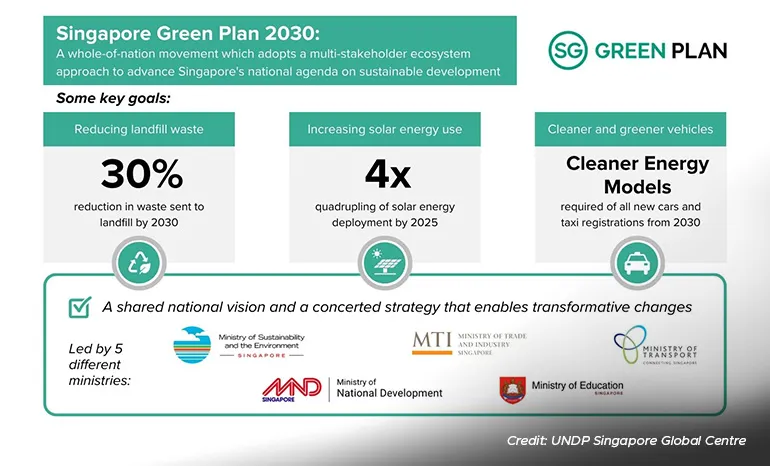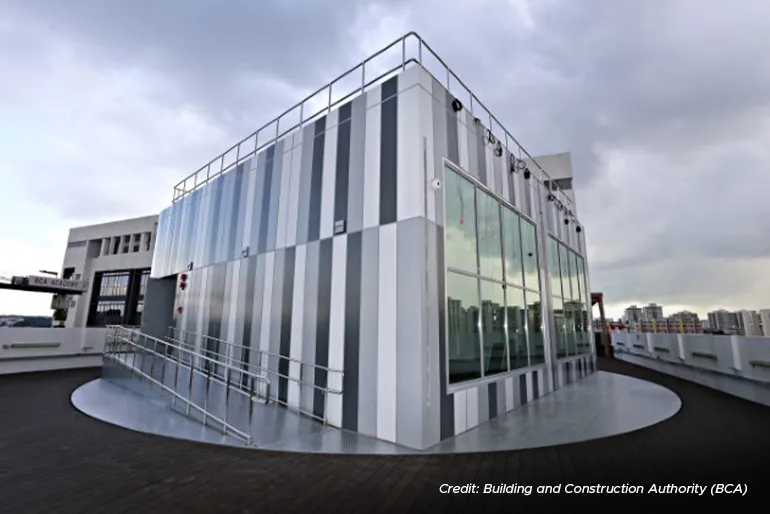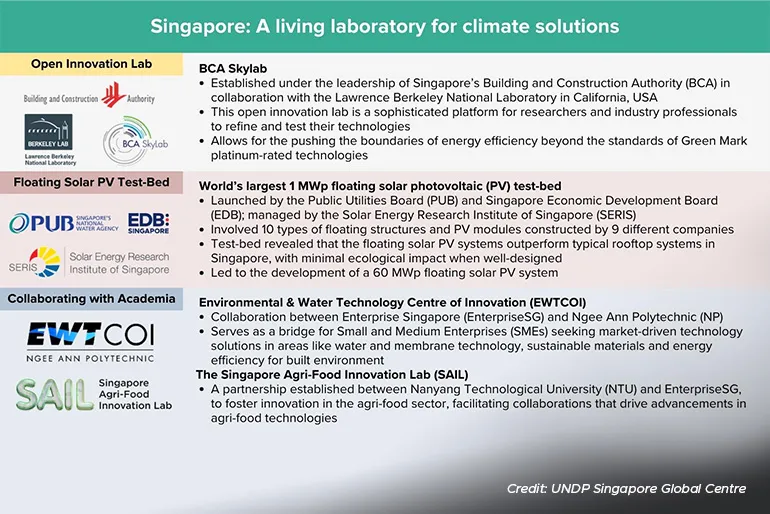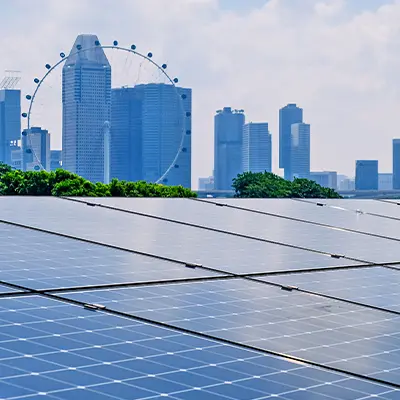The urgency of addressing climate change cannot be overstated. As the Intergovernmental Panel Climate Change’s 6th Assessment Report emphasises, enhancing technology innovation systems is paramount to accelerating the widespread adoption of climate-friendly technologies and practices. Climate change has already unleashed rapid and profound changes across our planet, with far-reaching impacts on both nature and humanity. The decisions we make in this crucial decade will resonate for centuries, underscoring the need for immediate and impactful solutions. While progress is being made, it remains slow. The imperative is clear: we must create the conditions for accelerated innovation and take bold action in the near term.
In a collaborative endeavour, the UNDP Global Centre for Technology, Innovation, and Sustainable Development (GC-TISD), in partnership with the Singapore Economic Development Board (EDB), has launched this article series, Accelerating Innovation: A Multistakeholder Ecosystem Approach to Tackling Climate Change, to highlight the importance of collective action and transformative solutions.
This first article takes a closer look at the key foundations of Singapore's climate change strategy and its successful whole-of government approach. We will explore the role of public-private partnerships, and how government and academia play a crucial role in sparking innovation and advancing efforts to tackle climate change. Through the examination of specific initiatives within the climate innovation ecosystem, we'll witness how Singapore has transformed into a dynamic living laboratory for pioneering climate solutions.
